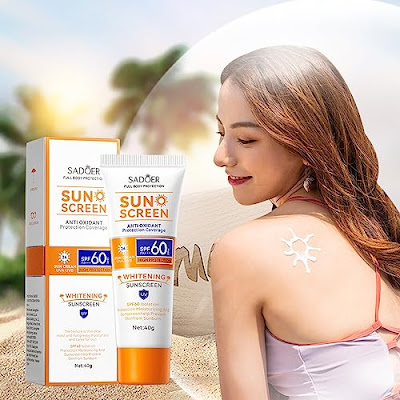Applying nail polish can be a fun and creative way to express yourself. Here are some tips to help you achieve a professional-looking manicure:
Start with clean nails:
Ensure your nails are free of any old polish, dirt, or oils. Use a gentle nail polish remover to clean your nails thoroughly.
Trim and shape your nails:
Trim your nails to your desired length and shape them using a nail file. Choose a shape that complements your fingers and is easy for you to maintain.
Buff your nails:
Gently buffing your nails helps to smooth the surface, creating a better canvas for the nail polish and promoting longer-lasting color.
Apply a base coat:
Use a clear base coat before applying colored polish. This not only helps the polish adhere better but also prevents staining of your natural nails.
Choose quality nail polish:
Invest in good-quality nail polish to ensure a smooth application and longer wear. Consider using quick-drying formulas for added convenience.
Use thin coats:
Apply thin coats of nail polish rather than thick ones. Multiple thin coats dry faster and are less likely to smudge.
Avoid the cuticles:
Keep the polish away from your cuticles and skin by using a small brush or an orangewood stick dipped in polish remover for cleanup. This gives a neater and more professional finish.
Wait between coats:
Allow each coat to dry completely before applying the next one. This helps prevent smudging and ensures a smooth, even finish.
Seal the edges:
Paint slightly beyond the tip of your nail and seal the edges to reduce chipping and increase the life of your manicure.
Finish with a top coat:
Apply a clear top coat to seal and protect your nail polish. This not only adds shine but also helps your manicure last longer.
Quick-dry drops or spray:
If you're short on time, consider using quick-dry drops or spray to speed up the drying process.
Clean up mistakes:
If you make a mistake or get polish on your skin, use a small brush or cotton swab dipped in polish remover to clean up the edges.
Remember, practice makes perfect, so don't be discouraged if your first attempts aren't flawless. Experiment with different colors and techniques to find what works best for you. Enjoy the process and have fun expressing your style through your manicures!














